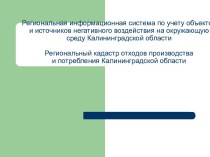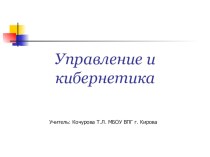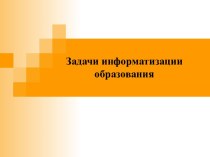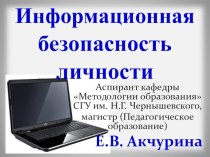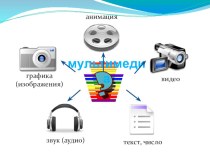- Главная
- Разное
- Бизнес и предпринимательство
- Образование
- Развлечения
- Государство
- Спорт
- Графика
- Культурология
- Еда и кулинария
- Лингвистика
- Религиоведение
- Черчение
- Физкультура
- ИЗО
- Психология
- Социология
- Английский язык
- Астрономия
- Алгебра
- Биология
- География
- Геометрия
- Детские презентации
- Информатика
- История
- Литература
- Маркетинг
- Математика
- Медицина
- Менеджмент
- Музыка
- МХК
- Немецкий язык
- ОБЖ
- Обществознание
- Окружающий мир
- Педагогика
- Русский язык
- Технология
- Физика
- Философия
- Химия
- Шаблоны, картинки для презентаций
- Экология
- Экономика
- Юриспруденция
Что такое findslide.org?
FindSlide.org - это сайт презентаций, докладов, шаблонов в формате PowerPoint.
Обратная связь
Email: Нажмите что бы посмотреть
Презентация на тему Human–computer interaction
Содержание
- 2. Plan: 6.1 Introduction6.2 Principles 6.3 Methodologies6.4 Human–computer interface
- 3. Human–computer interaction (HCI) researches the design and use
- 4. Humans interact with computers in many ways;
- 5. Voice user interfaces (VUI) are used for
- 6. Interfaces (GUI) allow humans to engage with
- 7. HCI is also sometimes termed human–machine interaction (HMI), man–machine interaction (MMI) or computer–human interaction (CHI).
- 8. PrinciplesWhen evaluating a current user interface, or designing
- 9. MethodologiesA number of diverse methodologies outlining techniques
- 10. Early methodologies, for example, treated users' cognitive
- 11. Activity theoryActivity theory: used in HCI to
- 12. User-centered design: user-centered design (UCD) is a
- 13. Principles of user interface designPrinciples of user
- 14. The human–computer interface can be described as
- 15. Task environment: The conditions and goals set
- 16. Скачать презентацию
- 17. Похожие презентации
Plan: 6.1 Introduction6.2 Principles 6.3 Methodologies6.4 Human–computer interface









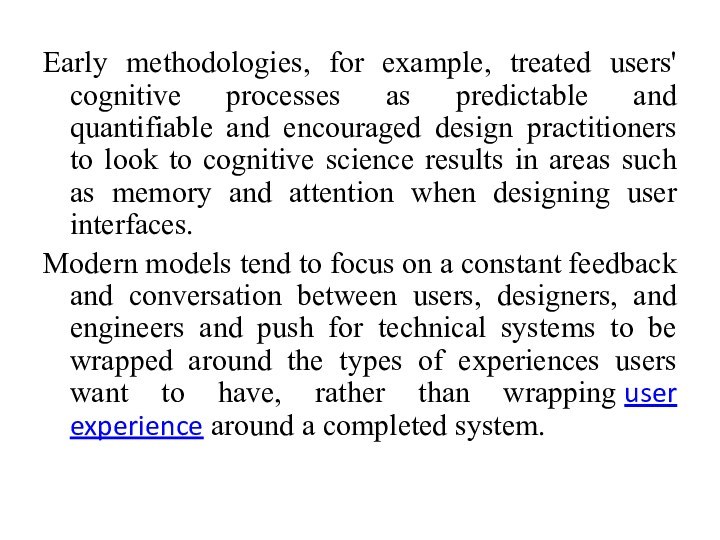





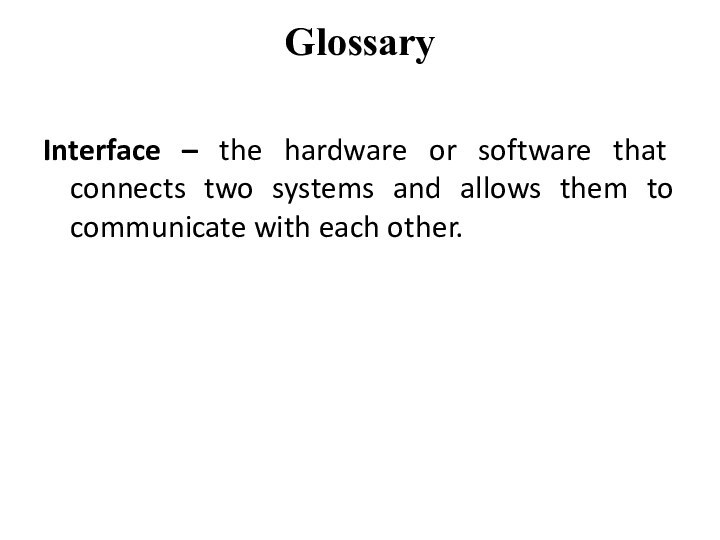
Слайд 4 Humans interact with computers in many ways; and
the interface between humans and the computers they use
is crucial to facilitating this interaction. Desktop applications, internet browsers, handheld computers, and computer kiosks make use of the prevalent graphical user interfaces (GUI) of today.Слайд 5 Voice user interfaces (VUI) are used for speech
recognition and synthesising systems, and the emerging multi-modal and
gestalt UserСлайд 6 Interfaces (GUI) allow humans to engage with embodied
character agents in a way that cannot be achieved
with other interface paradigms.Слайд 7 HCI is also sometimes termed human–machine interaction (HMI), man–machine interaction (MMI) or computer–human
interaction (CHI).
Слайд 8
Principles
When evaluating a current user interface, or designing a
new user interface, it is important to keep in
mind the following experimental design principles:Early focus on user(s) and task(s): Establish how many users are needed to perform the task(s) and determine who the appropriate users should be; someone who has never used the interface, and will not use the interface in the future, is most likely not a valid user. In addition, define the task(s) the users will be performing and how often the task(s) need to be performed.
EmpiricalEmpirical measurement: Test the interface early on with real users who come in contact with the interface on a daily basis. Keep in mind that results may vary with the performance level of the user and may not be an accurate depiction of the typical human-computer interaction. Establish quantitative usability specifics such as: the number of users performing the task(s), the time to complete the task(s), and the number of errors made during the task(s).
Iterative design: After determining the users, tasks, and empirical measurements to include, perform the following iterative design steps:
Design the user interface
Test
Analyze results
Repeat
Repeat the iterative design process until a sensible, user-friendly interface is created.
Слайд 9
Methodologies
A number of diverse methodologies outlining techniques for
human–computer interaction design have emerged since the rise of the field
in the 1980s. Most design methodologies stem from a model for how users, designers, and technical systems interact.Слайд 10 Early methodologies, for example, treated users' cognitive processes
as predictable and quantifiable and encouraged design practitioners to
look to cognitive science results in areas such as memory and attention when designing user interfaces.Modern models tend to focus on a constant feedback and conversation between users, designers, and engineers and push for technical systems to be wrapped around the types of experiences users want to have, rather than wrapping user experience around a completed system.
Слайд 11 Activity theoryActivity theory: used in HCI to define
and study the context in which human interactions with
computers take place. Activity theory provides a framework to reason about actions in these contexts, analytical tools with the format of checklists of items that researchers should consider, and informs design of interactions from an activity-centric perspective.Слайд 12 User-centered design: user-centered design (UCD) is a modern,
widely practiced design philosophy rooted in the idea that
users must take center-stage in the design of any computer system. Users, designers and technical practitioners work together to articulate the wants, needs and limitations of the user and create a system that addresses these elements.Слайд 13 Principles of user interface designPrinciples of user interface
design: these are seven principles of user interface design that may
be considered at any time during the design of a user interface in any order: tolerance, simplicity, visibility, affordance, consistency, structure and feedback.Слайд 14 The human–computer interface can be described as the
point of communication between the human user and the
computer. The flow of information between the human and computer is defined as the loop of interaction. The loop of interaction has several aspects to it, including:Visual Based :The visual based human computer inter-action is probably the most widespread area in HCI research.
Audio Based : The audio based interaction between a computer and a human is another important area of in HCI systems. This area deals with information acquired by different audio signals.
Task environment: The conditions and goals set upon the user.
Machine environment: The environment that the computer is connected to, e.g. a laptop in a college student's dorm room.
Areas of the interface: Non-overlapping areas involve processes of the human and computer not pertaining to their interaction. Meanwhile, the overlapping areas only concern themselves with the processes pertaining to their interaction.
Input flow: The flow of information that begins in the task environment, when the user has some task that requires using their computer.
Output: The flow of information that originates in the machine environment.
Feedback: Loops through the interface that evaluate, moderate, and confirm processes as they pass from the human through the interface to the computer and back.
Слайд 15 Task environment: The conditions and goals set upon
the user.
Machine environment: The environment that the computer is
connected to, e.g. a laptop in a college student's dorm room.Areas of the interface: Non-overlapping areas involve processes of the human and computer not pertaining to their interaction. Meanwhile, the overlapping areas only concern themselves with the processes pertaining to their interaction.





